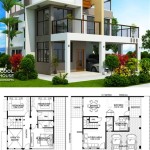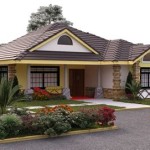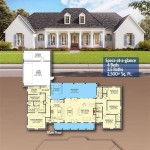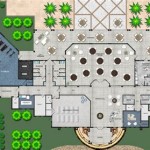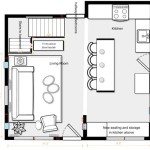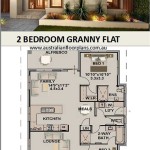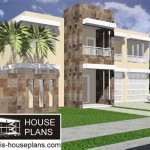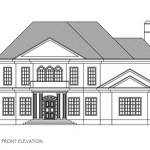1940s Style House Plans: The Epitome of Mid-20th Century Charm
The 1940s marked a transformative era in American architecture, characterized by a shift towards practicality and affordability. 1940s style house plans embodied this shift, showcasing a harmonious blend of functionality, style, and affordability.
Design Influences and Characteristics
1940s house plans drew inspiration from various architectural movements, including the Arts and Crafts movement and Art Deco. These influences manifested in the use of simple, clean lines, geometric shapes, and functional details.
Typical characteristics of 1940s house plans include:
- One-story or two-story structures with simple, rectangular floor plans
- Gable roofs with shallow slopes
- Picture windows and large casement windows for abundant natural light
- Minimal ornamentation and emphasis on practicality
Popular Styles and Designs
Within the broad category of 1940s house plans, several specific styles gained popularity.
Cape Cod: Cape Cod-style homes were reminiscent of traditional New England cottages. They featured steep-pitched gable roofs, dormer windows, and a symmetrical facade.
Bungalow: Bungalow-style homes were known for their low-slung profiles, wide porches, and open floor plans. They often incorporated elements of Craftsman architecture.
Ranch: Ranch-style homes emerged as a popular post-World War II design. They featured a long, low profile, open floor plans, and large windows facing the backyard.
Floor Plan Features
1940s house plans prioritized functionality and efficiency in their floor plans.
- Compact and Efficient: Floor plans were designed to minimize wasted space, with efficient traffic flow and logical placement of rooms.
- Open Floor Plans: While some homes retained separate dining and living rooms, many embraced open floor plans to promote a sense of spaciousness.
- Functional Kitchens: Kitchens were designed to maximize efficiency, with ample counter space, built-in appliances, and easy access to the dining room.
- Dedicated Bedrooms: Bedrooms were typically dedicated spaces, providing privacy and comfort.
Materials and Construction
1940s house plans were built using materials that were readily available and affordable.
- Exterior: Wood siding, brick, and stucco were common exterior materials.
- Interior: Gypsum wallboard, plaster, and hardwood flooring were widely used.
- Roofing: Asphalt shingles or wood shakes were the primary roofing materials.
Legacy and Influence
1940s style house plans continue to inspire architects and homeowners alike. Their timeless designs, emphasis on functionality, and affordability make them enduringly popular.
Today, many 1940s homes have undergone renovations and updates, but their original charm remains intact. The practicality, simplicity, and affordability of 1940s house plans have made them an enduring legacy in American residential architecture.

1940 S House Plans Www Antiquehome Org Bungalow Ranch Style Vintage

House Plan Typical Of The 1940 S Bungalow Plans Sauna Design

House Plan 1940 Larry James Designs

1940s House Plans These Vintage Starter Home Designs Were Small But Beautiful Americana Bungalow

The Roseland Mid Century Modern Cottage Pre Wwii 1940 Aladdin Minimal Traditional Manufactured Kit Ho Vintage House Plans Small

The Rockport 1940 Aladdin Kit Homes House Plans Cottage Style Blueprints

National Homes 1949 Briggs Craftsman House Plans Blueprints Ranch Style

My New Obsession Vintage House Plans Aimee S Victorian Armoire

1940s House Plans These Vintage Starter Home Designs Were Small But Beautiful Americana

House Plan 1940 Larry James Designs

